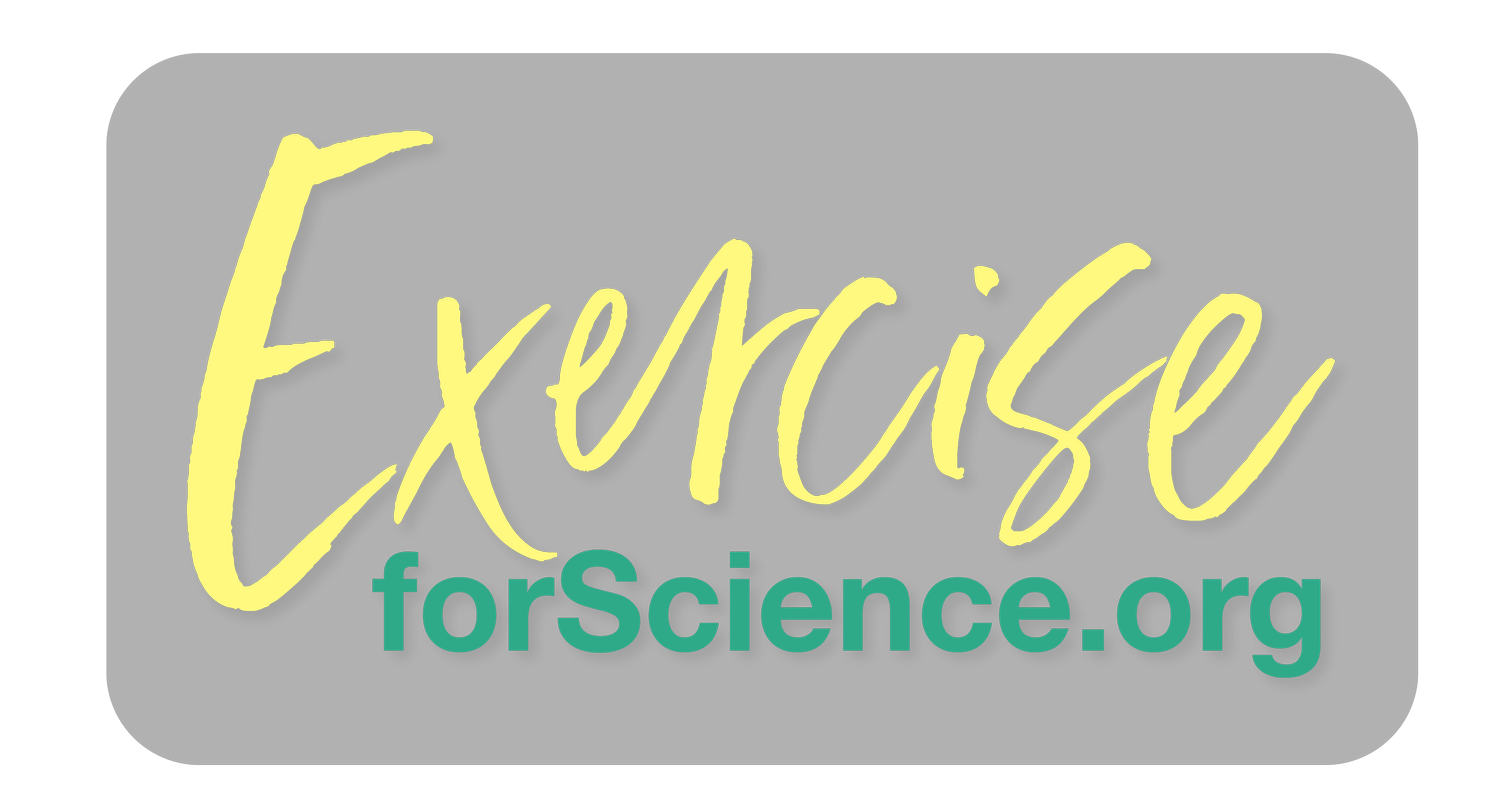New thinking on back pain
Exercise is among the few effective solutions for chronic pain - but can neuroscientific approaches help?
Only 1 in 10 non-surgical treatments are effective for back pain
Back pain is one of the top reasons people visit the doctor and take time off work. One in 10 people will develop chronic back pain in their lifetimes, and rates are growing.
A growing, global back pain industry claims it can help the symptoms, yet only around 1 in 10 common non-surgical and non-invasive treatments for lower back pain is effective. A pooled data analysis of research, published online in BMJ Evidence Based Medicine also found that the relief they offer is only marginally better than with a placebo.
Low back pain is common, debilitating, and up to 90% is categorised as non-specific, with no identifiable cause. Initial treatment is often non-steroidal anti-inflammatory drugs (NSAIDs) and muscle relaxants, as well as exercise, massage, and spinal manipulation. Opioids, laser and light therapy and acupuncture are also common suggestions.
According to the research, only NSAIDs emerged as effective for acute low back pain. meanwhile for chronic pain, exercise, spinal manipulation and drugs that target pain receptors (TRPV1 agonists) were found to work - but the effects were small. Exercise was found not to help with acute low back pain.
Is back pain all in the brain?
Australian journalist and author, Liam Mannix, personally experiences back pain and was inspired to explore the latest thinking in his book, Back Up. He found an emerging neuroscience therory that back pain often has little to do with the back or the discs or the spine - and is all about the brain.
There is growing evidence that teaching people this theory of pain could potentially reduce it. A key finding in the book is that disc degeneration does not always lead to back pain. Mannix discovered that people with evidence of disc degeneration can often still do significant exercise without causing pain or structural damage.
He spoke to Prof Hart about our own findings about how marathon running affects the spine. Prof Hart is quoted in the book as saying:
“The take-home message is that the MRI appearance of our discs should not put us off running. Running strengthens the muscles that support the spine, which maintains alignment and more evenly spreads the load on the discs.”
Mannix’s book also suggests that in people without back pain, up to 70 per cent have herniated discus and 50 per cent show signs of degeneration.
There is clearly more to understand about why some people feel back pain while others may not.

